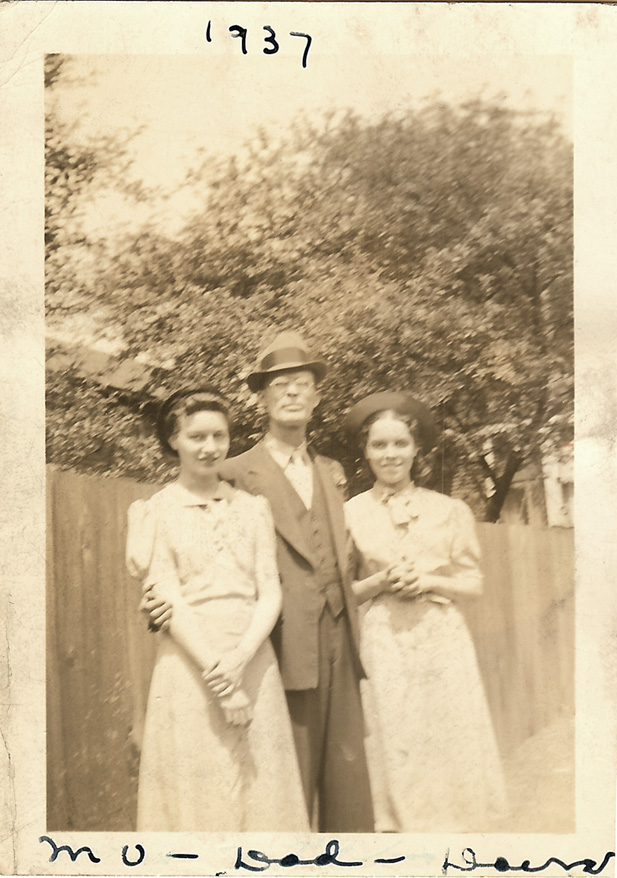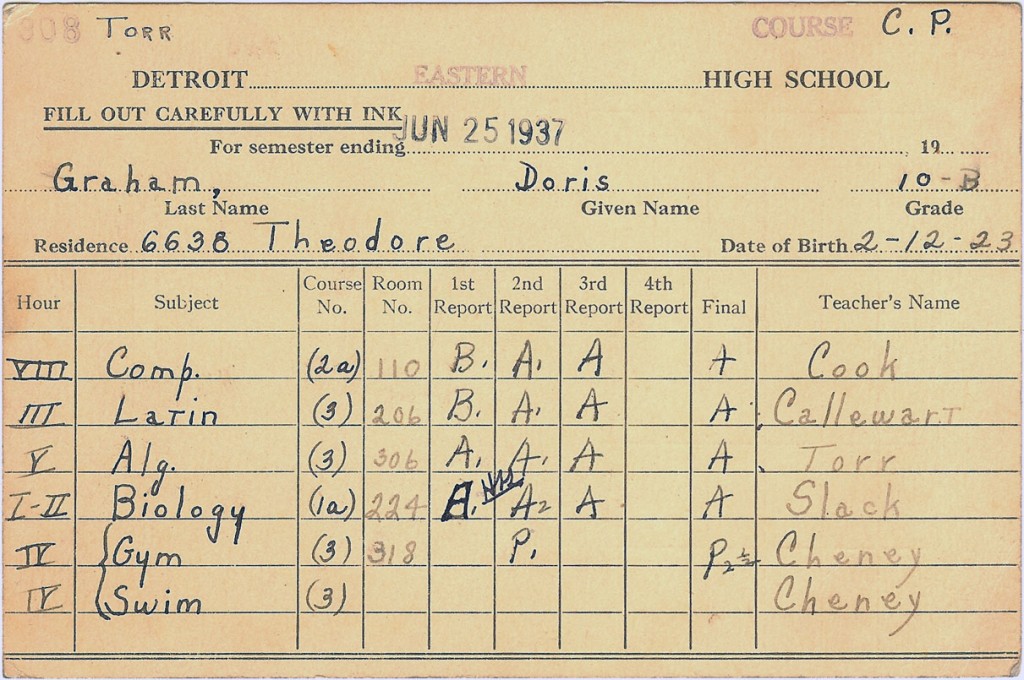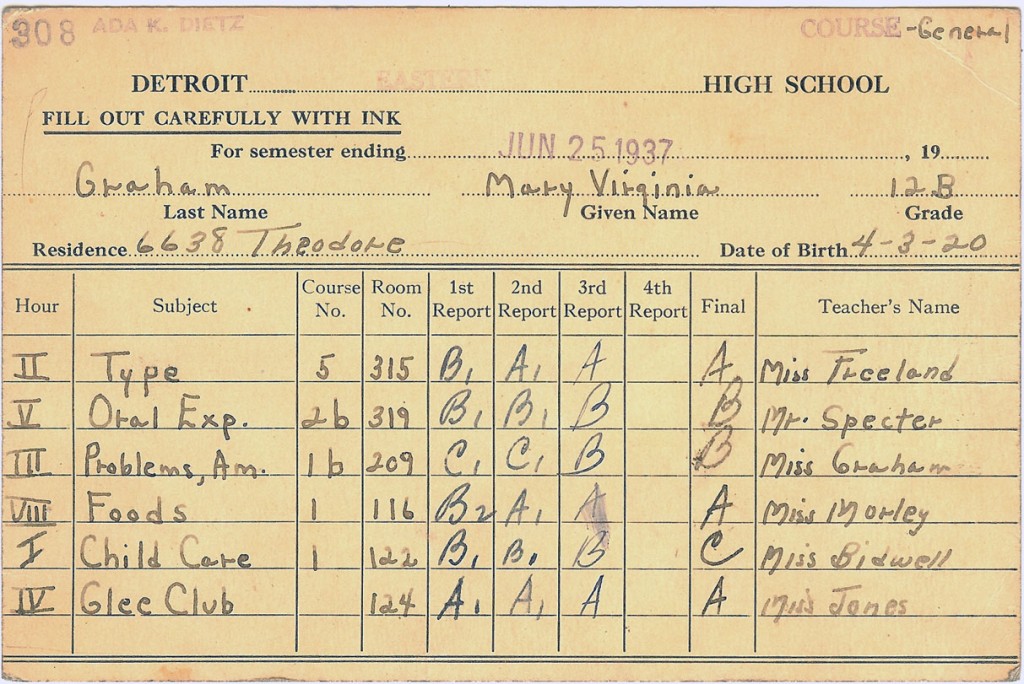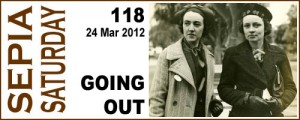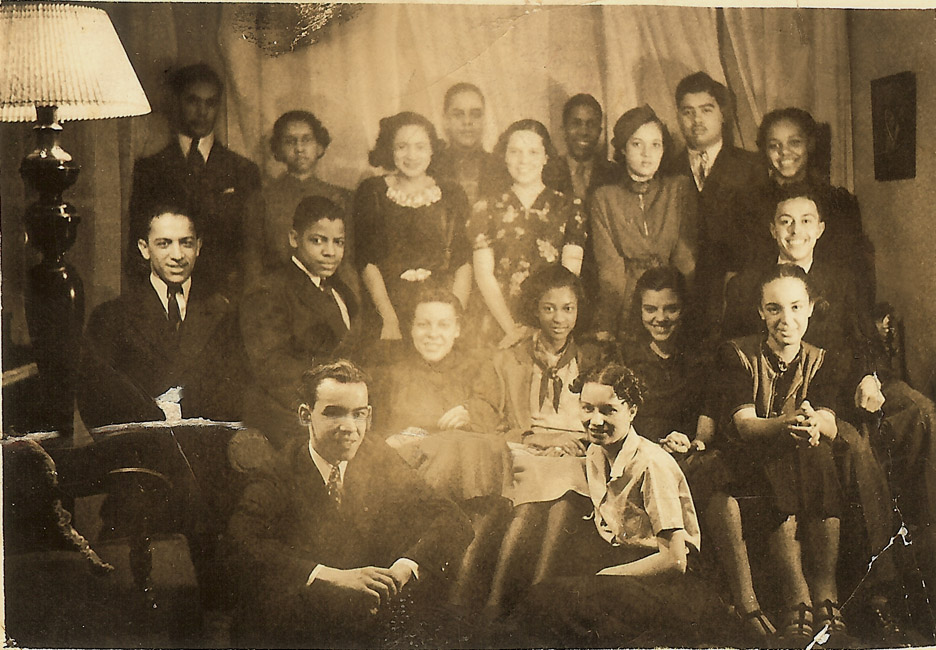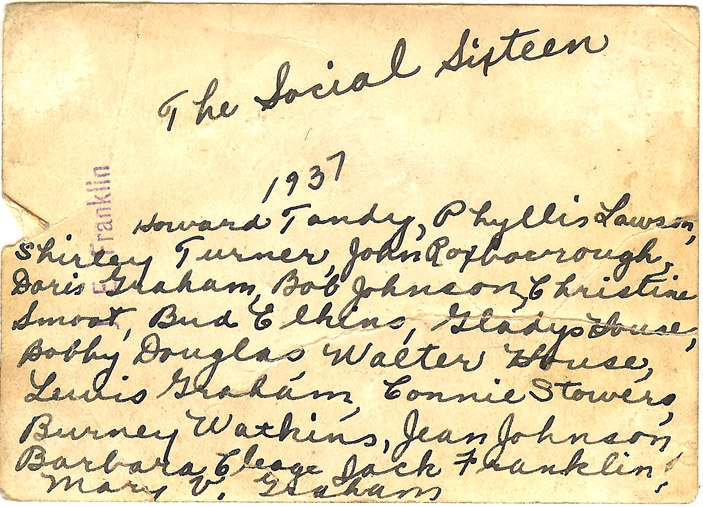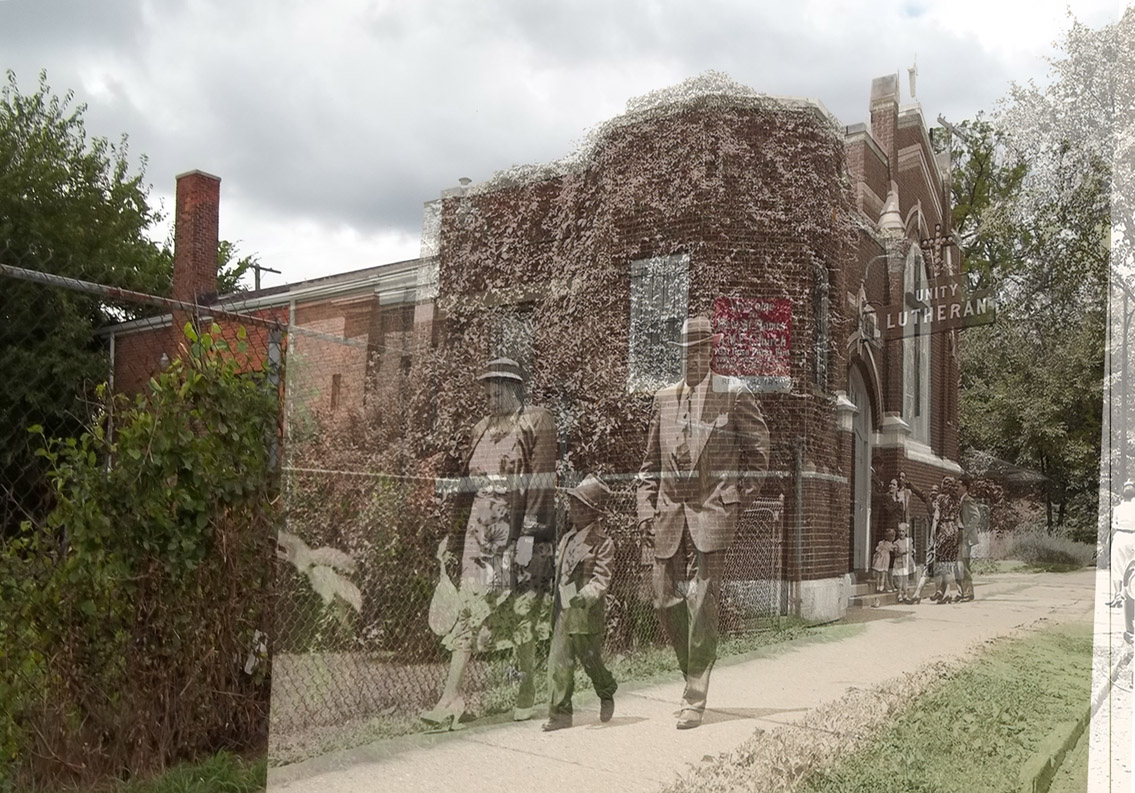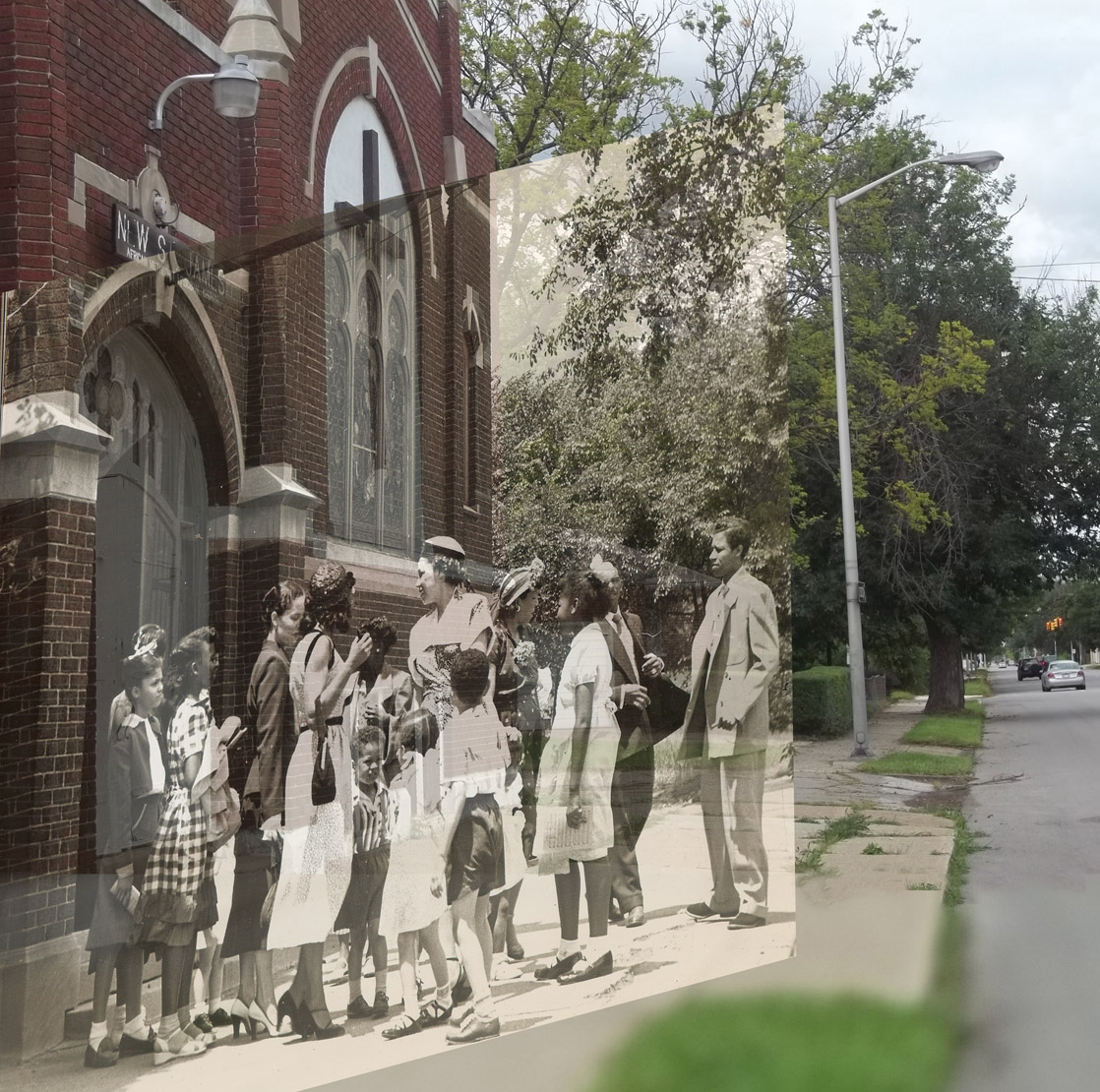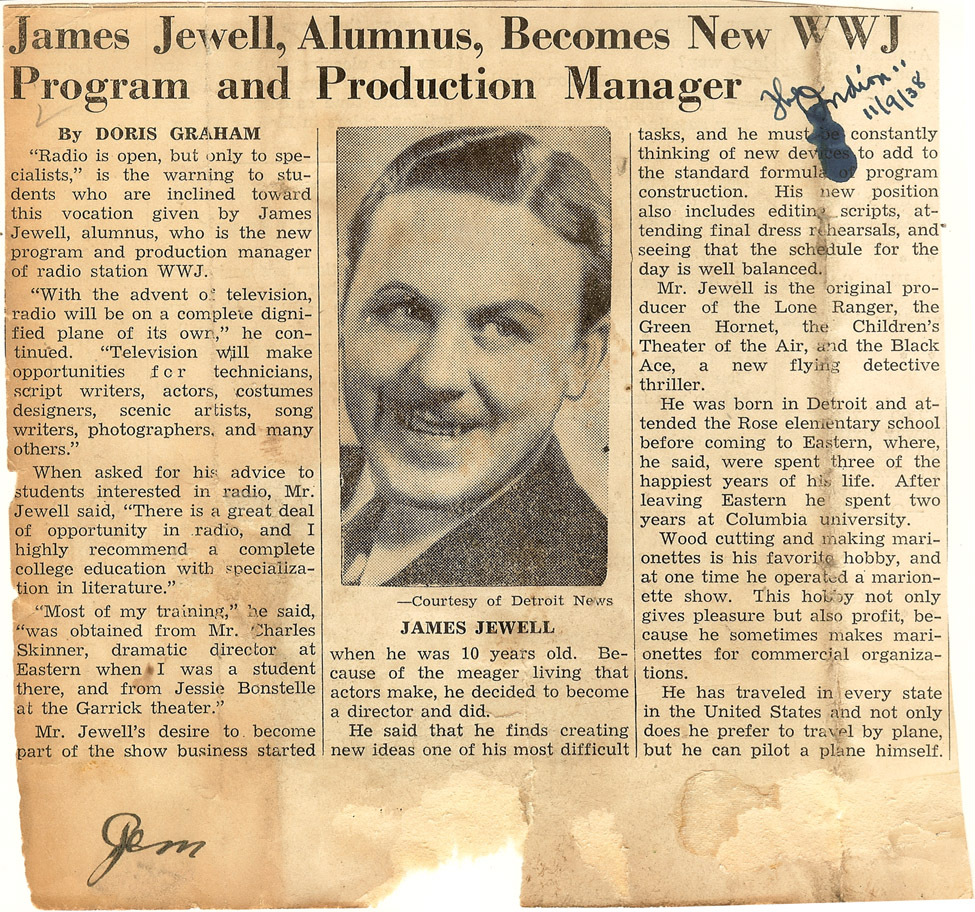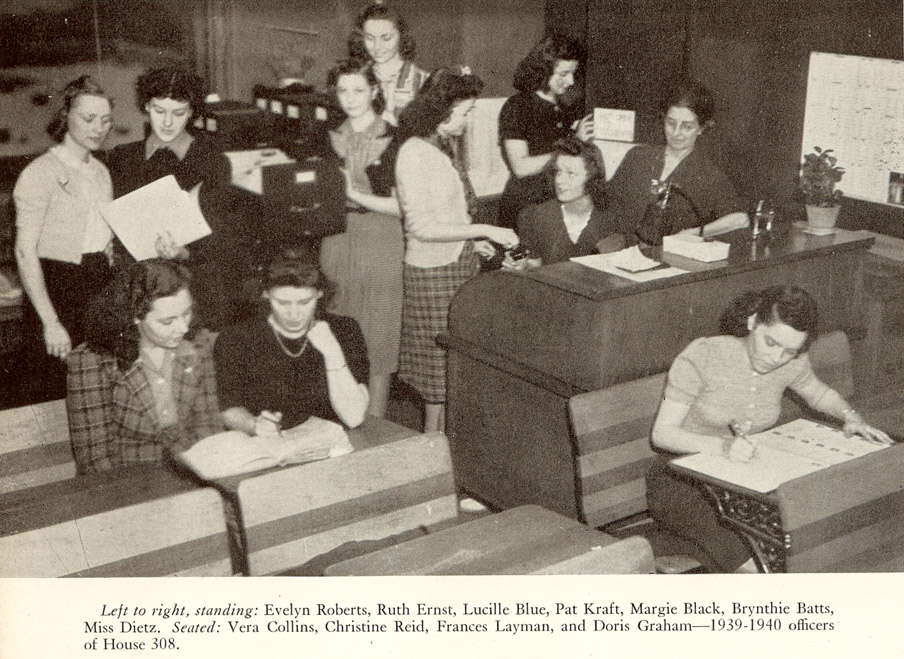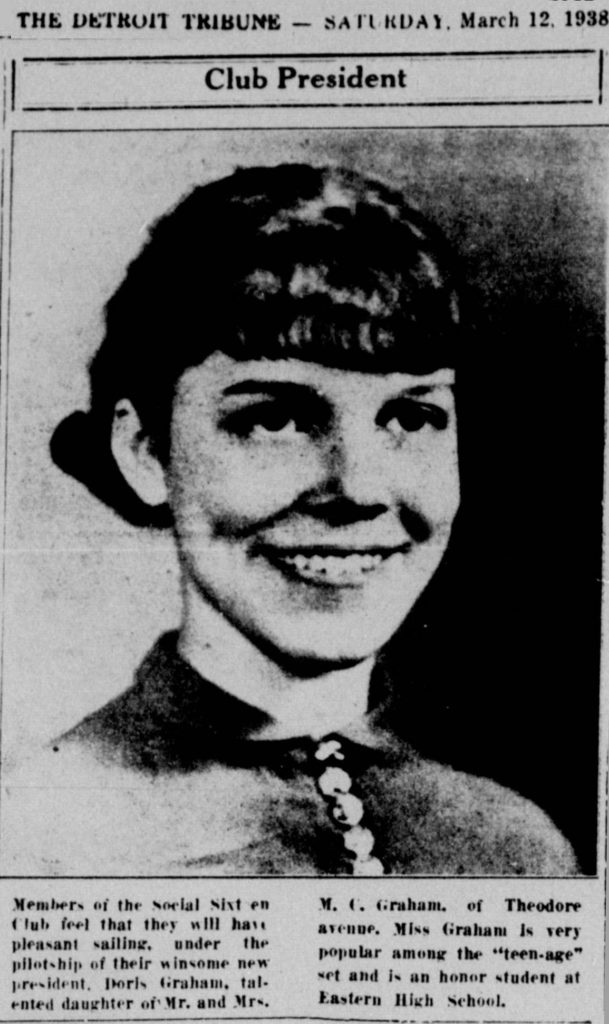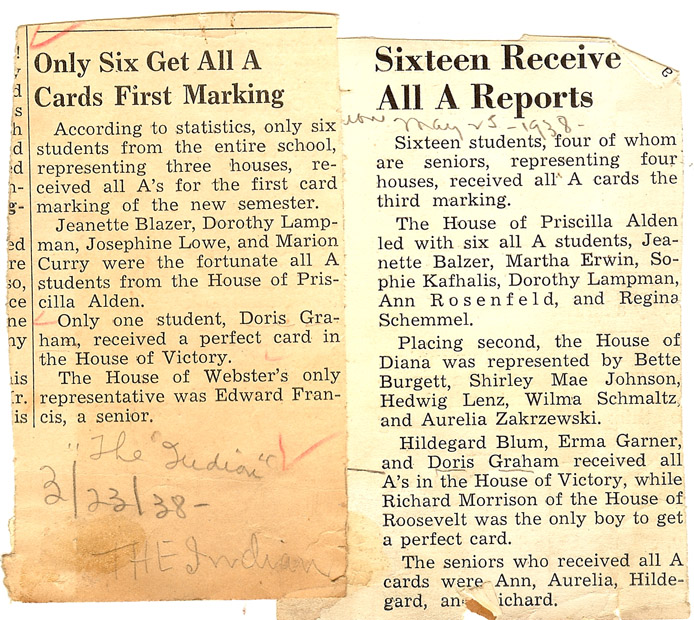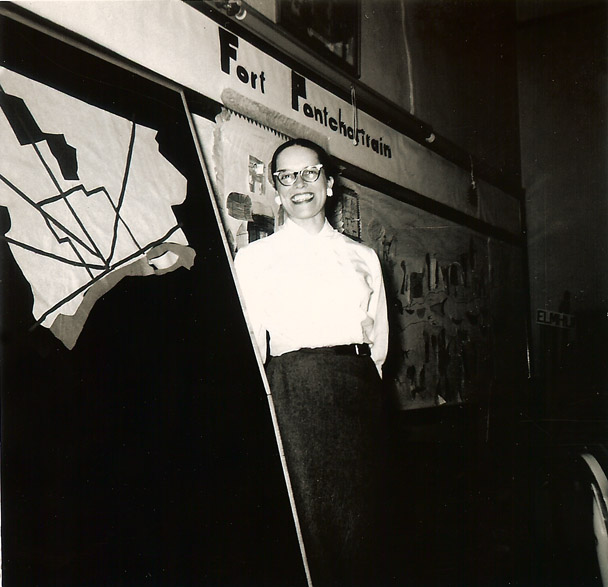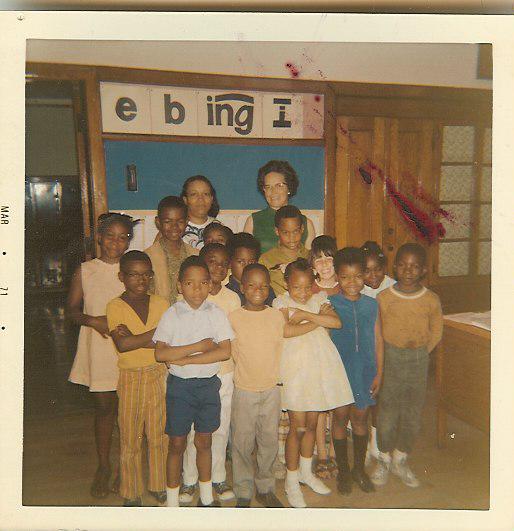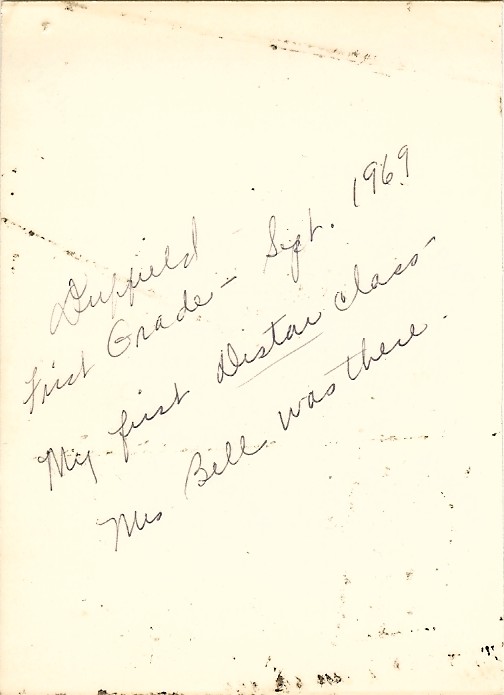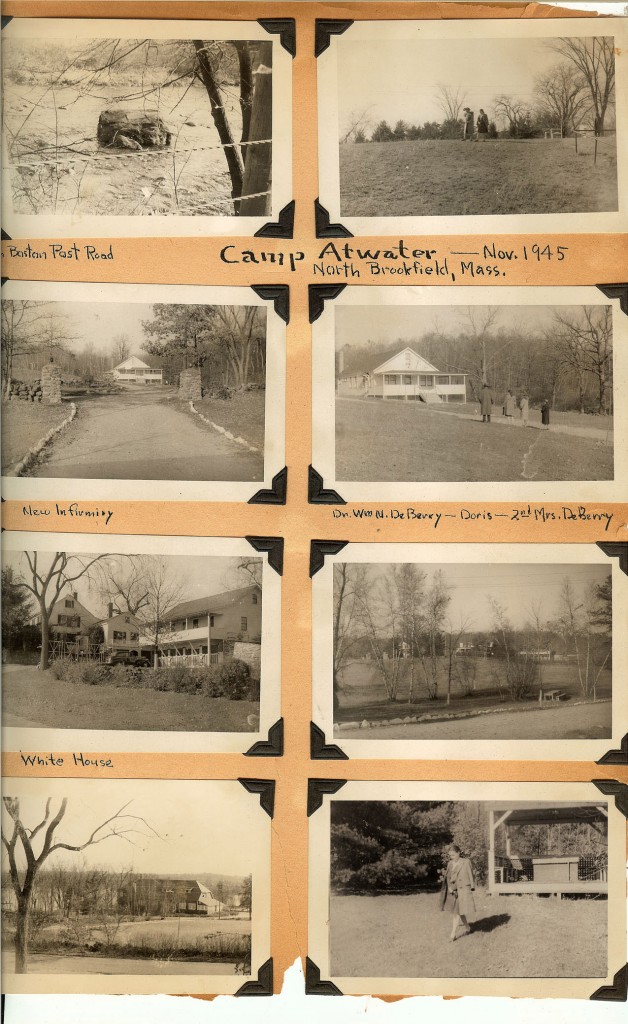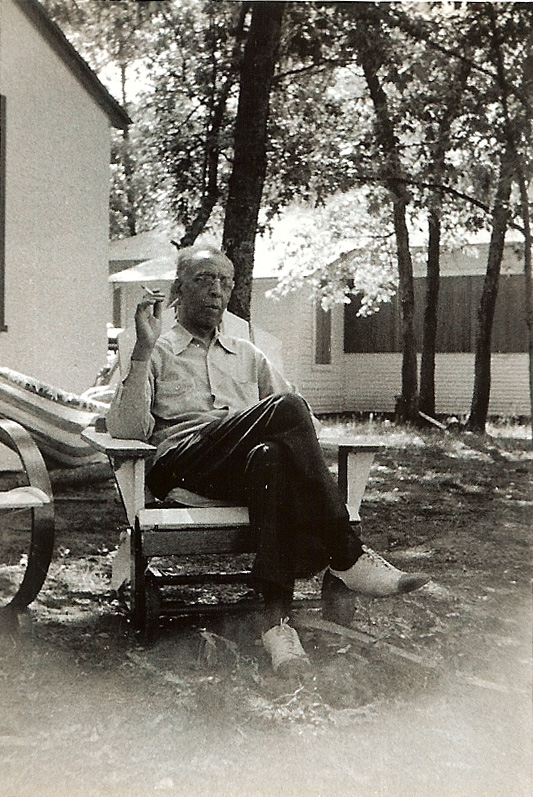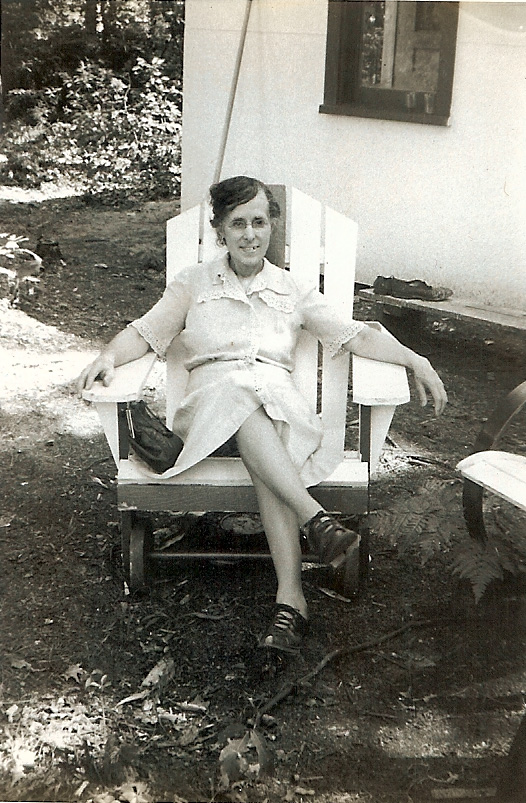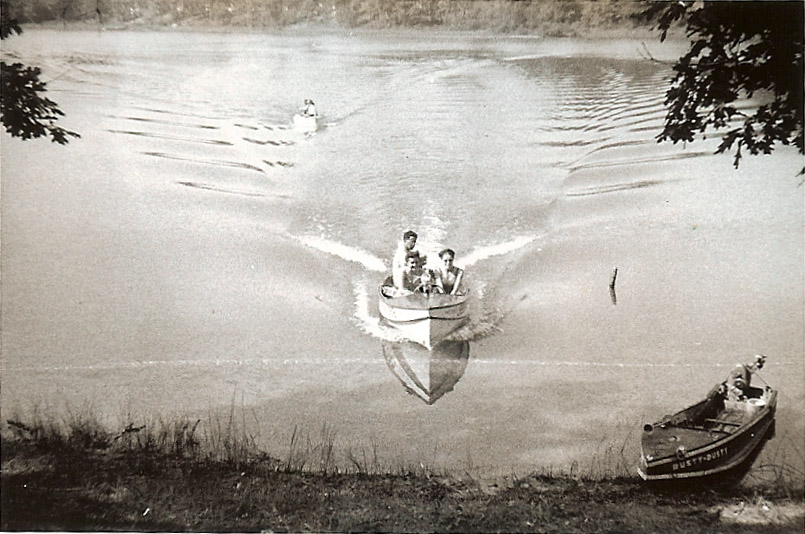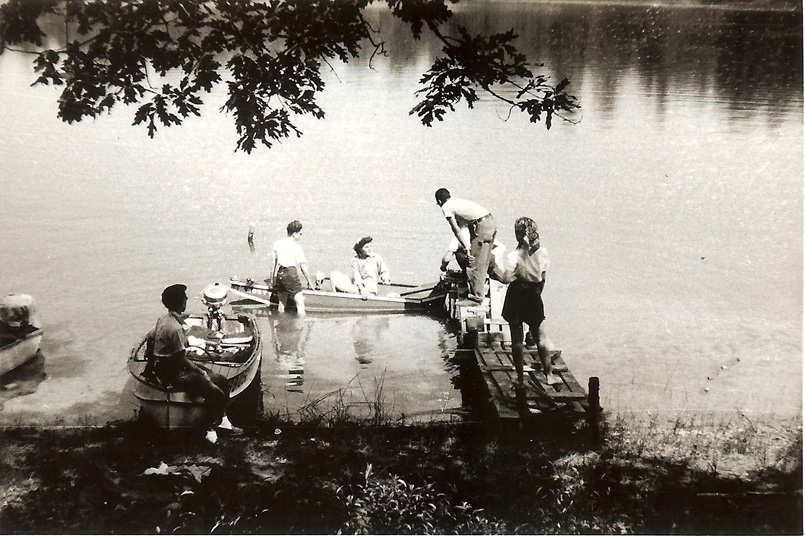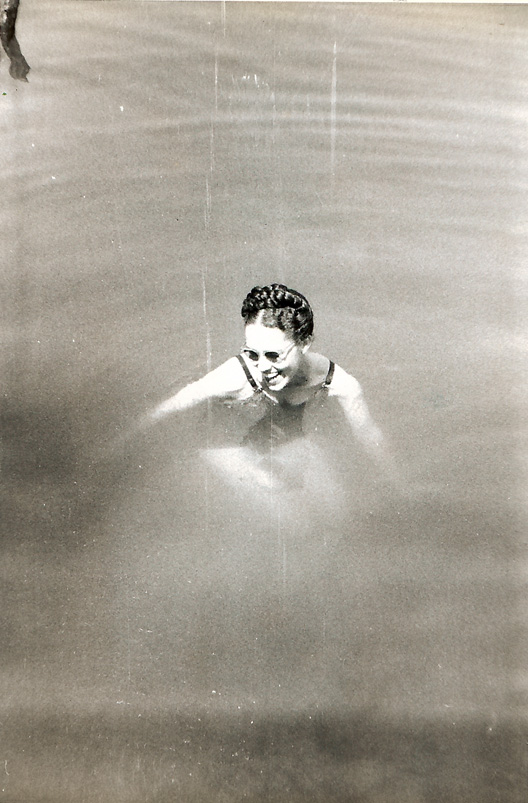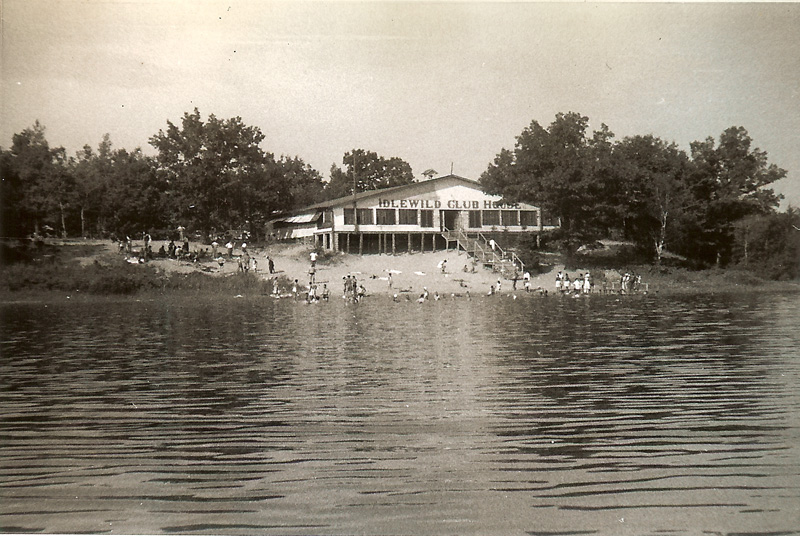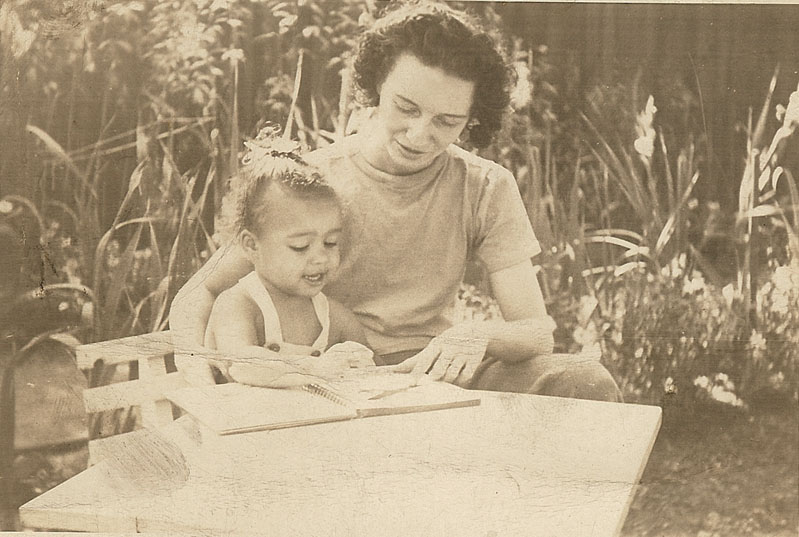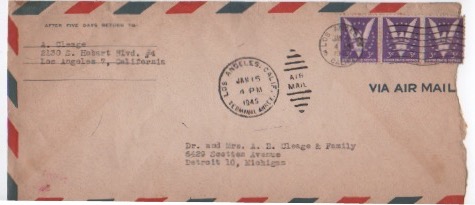What education did your mother receive? Your grandmothers? Great-grandmothers? Note any advanced degrees or special achievements.
On My Maternal Side
My 3X great grandmother, Annie Williams, was born about 1820 in Virginia into slavery. According to the 1880 Census, when she was about 60, she spoke English and could not read or write.
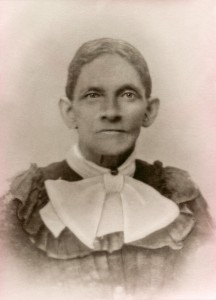
Her daughter, my 2X great grandmother, Eliza Williams Allen, was born in Alabama about 1839 into slavery. She was freed by 1860. According to the 1910 census, she was about 67, spoke English and could not read or write

Her daughter, my great grandmother, Jennie Allen Turner was born free in Montgomery, Alabama in 1866. According to the 1880 Census, she was 13 years old, had attended school in the past year, spoke English and was literate. I found one of my favorite books at her house “Lydia of the Pines.”

Her daughter, my Grandmother Fannie Mae Turner Graham, was born in 1888 in Lowndes County, Alabama. She grew up in Montgomery. According to the 1900 census, she was 11 years old, at school, spoke English and was literate. My mother told me that when Fannie graduated from high school – State Normal, was offered a scholarship to Fisk but refused it and took a job in her uncles store, which she managed until she married in 1918. Also according to my mother, Fannie could quickly add long columns of numbers in her head.
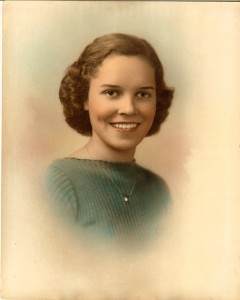
My mother , Doris Graham Cleage, was born in Detroit in 1923. She graduated from Eastern High School in Detroit and received a full scholarship to Wayne State where she earned a BA with distinction as a Sociology major in June/1944. She returned to school in 1951 and earned teaching certification. In 1958 she became a masters candidate in education, completing her Master’s of Education Degree in the fall of 1958. She took postmasters classes in education during a sabbatical in 1963. She also took evening classes in 1968, when I was a senior at Wayne State.
My great grandmother, Emma Jones Turner (My grandmother Fannie’s paternal grandmother) was born about 1840 in South Carolina into slavery. According to the 1880, 1900 and 1910 census she spoke English and was literate. I wish I knew more about her. I never heard a story about her. After my grandmother’s father was killed when she was 4 years old, her mother broke all ties with her husband’s family.
On My Paternal Side
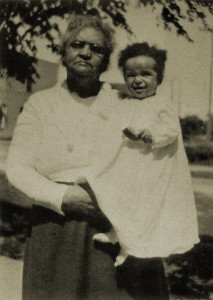
My great grandmother Celia Rice Cleage Sherman was my grandfather’s mother. She was born about 1855 into slavery in Virginia and brought to Tennessee as a child. She was about 10 when freedom came. In the 1880 census she could neither read nor write. By the 1930 census she spoke English and could read but could not write. I wonder if my grandfather or his siblings taught her to read when they went to school.
My 2X great grandmother, Clara Green was born into slavery about 1829 in Kentucky. She was my grandmother Pearl Reed Cleage’s grandmother. In the 1880 census she was listed as about 55, spoke English and could not read or write.
Her daughter, my great grandmother Anna Allen Reed was born about 1849 in Kentucky into slavery. According to the 1910 Census she spoke English but could not read or write. Anna’s four older children were illiterate while the four youngest were literate.

Her youngest daughter, my grandmother Pearl Reed Cleage was born in Lebanon, Kentucky in 1886. In the 1900 census she was 16 and where it says if you were or were not in school it says “Book 1” I don’t know what that means. At any rate she was literate and spoke English. My Aunt Barbara told me she finished high school. I remember my grandparent’s house being full of books.

